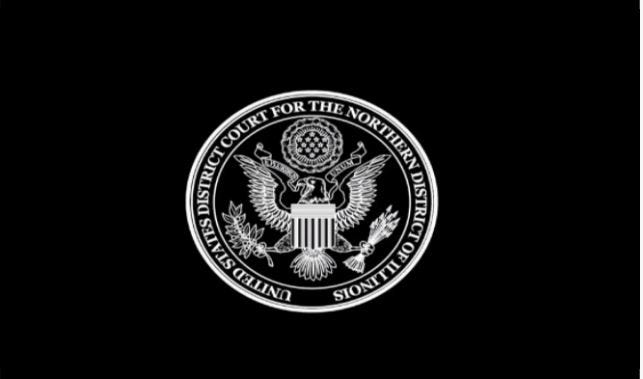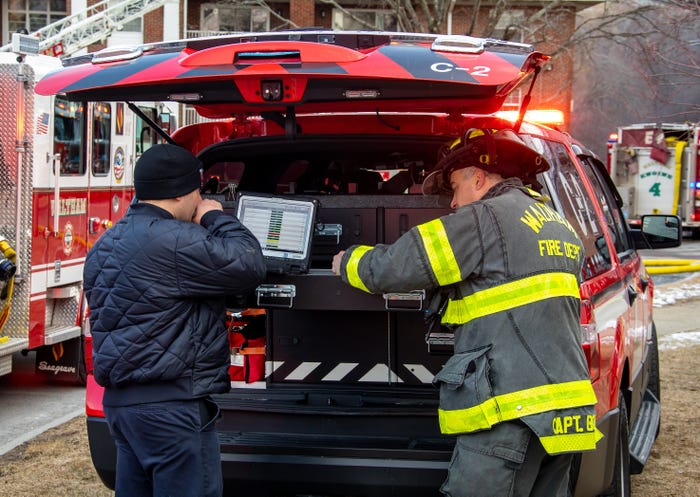Insurance challenges to partial-autonomous-vehicle safetyInsurance challenges to partial-autonomous-vehicle safety

A clamp down is underway in the United States. This may be partly due to the accidents that have occurred over recent years involving Tesla vehicles that were driving on Autopilot.
Some drivers have mistakenly paid the price by thinking that Autopilot means that their vehicles are fully autonomous. In fact, the system is meant to offer more ‘driver assist’ than complete vehicle autonomy, despite the blatantly misleading way it has been marketed.
For example, a driver of a 2021 Tesla Model S told authorities in the US in November 2022 that he was in “full self-driving mode” when he caused an eight-vehicle crash on the San Francisco Bay Bridge in California on Thanksgiving Day. It is said the car’s technology malfunctioned, resulting in a couple of juveniles being transported to hospital and lengthy delays on the bridge itself.
The police reports says the vehicle was driving at 55 mph at the time and that is suddenly changed lane and braked abruptly to the point that it slowed the car down to 20 mph. This led to another vehicle hitting the driver’s Tesla, and then to the chain reaction of crashes. However, despite that claims that this was caused by a software malfunction, police were unable to determine whether or not the software was actually in operation.
Nevertheless, because of this is incident and other accidents, Tesla’s Autopilot is facing more and more legal, regulatory and public scrutiny. This includes from the insurance industry which wants to clamp down on vehicles that have partial autonomous driving capabilities to prevent and reduce accidents.
Connected benefits
That said cars fitted with similar technology such as the Seat Leon can steer itself (while still requiring the driver to hold the steering wheel and be alert). It can also automatically slow down when the vehicle approaches a speed camera when it is in cruise control. In cruise control the car can maintain its distance from other vehicles, too. All of this this can increase safety when they are used appropriately within the limits of the technology [Only up to a point see Tested: Audi SQ5 Review – Highs and Lows of Today’s Technology – Ed]. So, any clamp down should perhaps be more educational than absolute to ensure the proper use of the systems.
Avoiding over-reliance
The key to safety is to ensure that nobody relies wholeheartedly on autonomous driving systems – whether partial of fully automated. To increase driver awareness of the capabilities of their vehicles, the automotive industry in the US is creating a rating system to alert drivers. These ratings were to be set in 2022 to levels of good, acceptable, marginal or poor.
To read the complete article, visit TU-Automotive.



